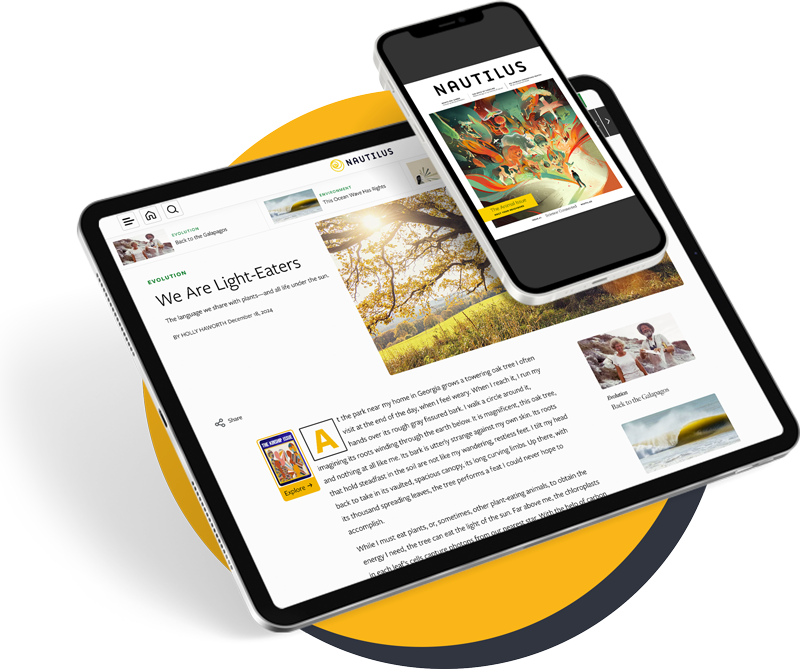The renowned urbanist William Whyte was obsessed with understanding what made a great public space. So in the 1980s, he used increasingly accessible video technology to film pedestrians moving through three United States cities: Philadelphia, New York City, and Boston.
The grainy, color films showed panoplies of people of all stripes walking alone or in groups, meeting up, mingling, watching one another. Whyte, who is something of a cult figure among urban design enthusiasts, wanted to understand what draws people to use and enjoy parks and plazas and to interact with each other in those spaces. And he believed the way to discover this was through obsessive observation.
Recently, his films became fodder for a study about how the social life of public urban space has changed. MIT scholars used AI to analyze Whyte’s films and to compare them to more recent films of the same locations at the same times of day. They found people are behaving differently out in the urban wilds.
“Something has changed,” said MIT professor of the practice Carlo Ratti, a co-author of the new study, in a statement. Ratti and his colleagues found that pedestrians walked more briskly through the spaces they recorded, by about 15 percent, and lingered in them less, a decline of about 14 percent. The findings suggest that public urban spaces are less places of encounter today, and more simply a means of transit, he said. The paper, “Exploring the social life of urban spaces through AI,” was published recently in the Proceedings of the National Academy of Sciences.
Some things were pretty much the same: The percentage of people walking alone was similar—about two thirds—in 1980 and in 2010. But those individuals were more likely to stay alone this millennium: The percentage of individuals who became part of a group after entering the public space fell from 5.5 percent to 2 percent.
Cell phones might have a lot to do with these changes, Ratti speculated. “When you look at the footage from William Whyte, the people in public spaces were looking at each other more,” he said. “It was a place you could start a conversation or run into a friend. You couldn’t do things online then. Today, behavior is more predicated on texting first, to meet in public space.”
Granted, much has changed in America’s major cities over the past decade and a half since the more recent batch of data was collected for the study—a pandemic and all of its concomitant behavioral changes, for one. But if cell phones are driving much of these shifts, the past 15 years might have seen even more striking changes.
To get a better sense of what factors might be shaping how people interact with public space today, Ratti and his colleagues from MIT’s Senseable City Lab have begun to take a look at public spaces in big European cities. “We are collecting footage from 40 squares in Europe,” said Fabio Duarte, principal research scientist at the Senseable City Lab. “The question is: How can we learn at a larger scale?” ![]()
Lead image: MIT Senseable City Lab / Street Scores





























